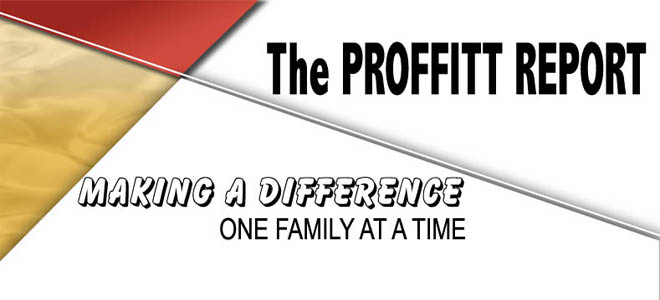Here's some great ideas for having the best Holiday Party ever!
1. Have a great guest list. Make sure you have compatible personalities. You also need both extroverts to keep things lively and introverts to laugh at the others.
2. Make it Easy. If people have to bring gifts, food or costumes expect a lower attendance. No one want one more thing to worry about this season. The exception is if it is part of the theme.
3. Choose a Theme. Make it fun and carry the theme out throughout the party. Examples: White Christmas - everything is white with white twinkle lights, Ugly Christmas Sweater - everyone wears the worst Christmas sweater they own. It's very funny if your worst is someone else's favorite.
4. Talk it Up - No one is going to know how great your party will be, so you have to tell them. Enlist some help from other attendees to generate enthusiasm
5. Have the party on a Thursday. It is toward the end of the week but not on the weekend when everyone is already over booked.
6. Use evite to not only send out great invitations but to get good party ideas. I love it for the easy RSVP.
7. Have a surprise during the party. It can be a small gift for guests, a rare delicacy, a special guest or a fun activity. Something the guests will be talking about.
8. Keep the entertainment unstructured. If you have a Karaoke, don't make everyone participate. Stay loose and let the party take on its own personality.
9. Relax and Enjoy. When you are relaxed and having fun, your guests will too.
10. Don't forget to post pictures on Facebook, and be sure to tweet.
11. Always kill a party, don't let it die a slow death! End at a time when everyone is having fun and wishing for more.

 According to
According to 





